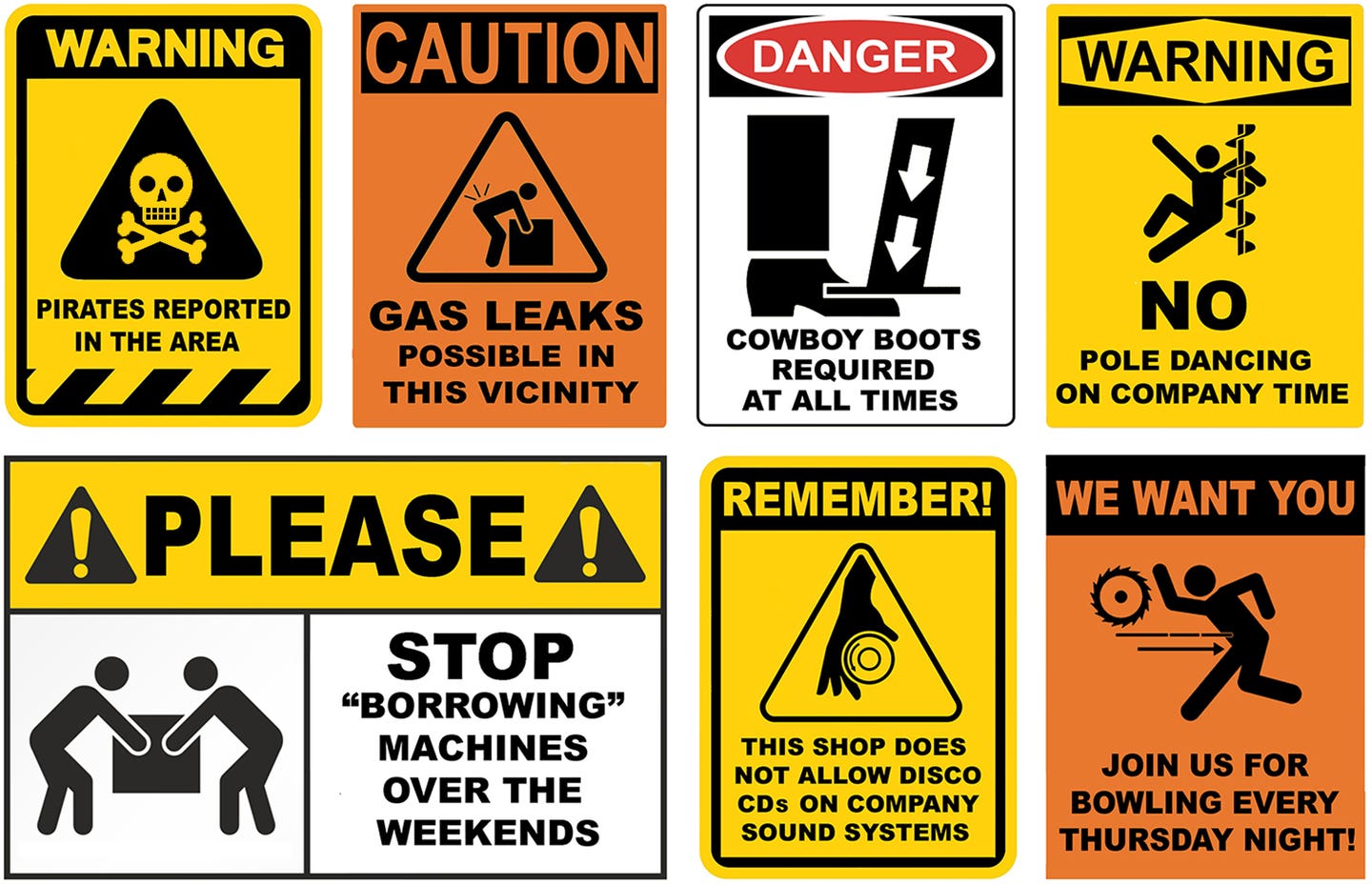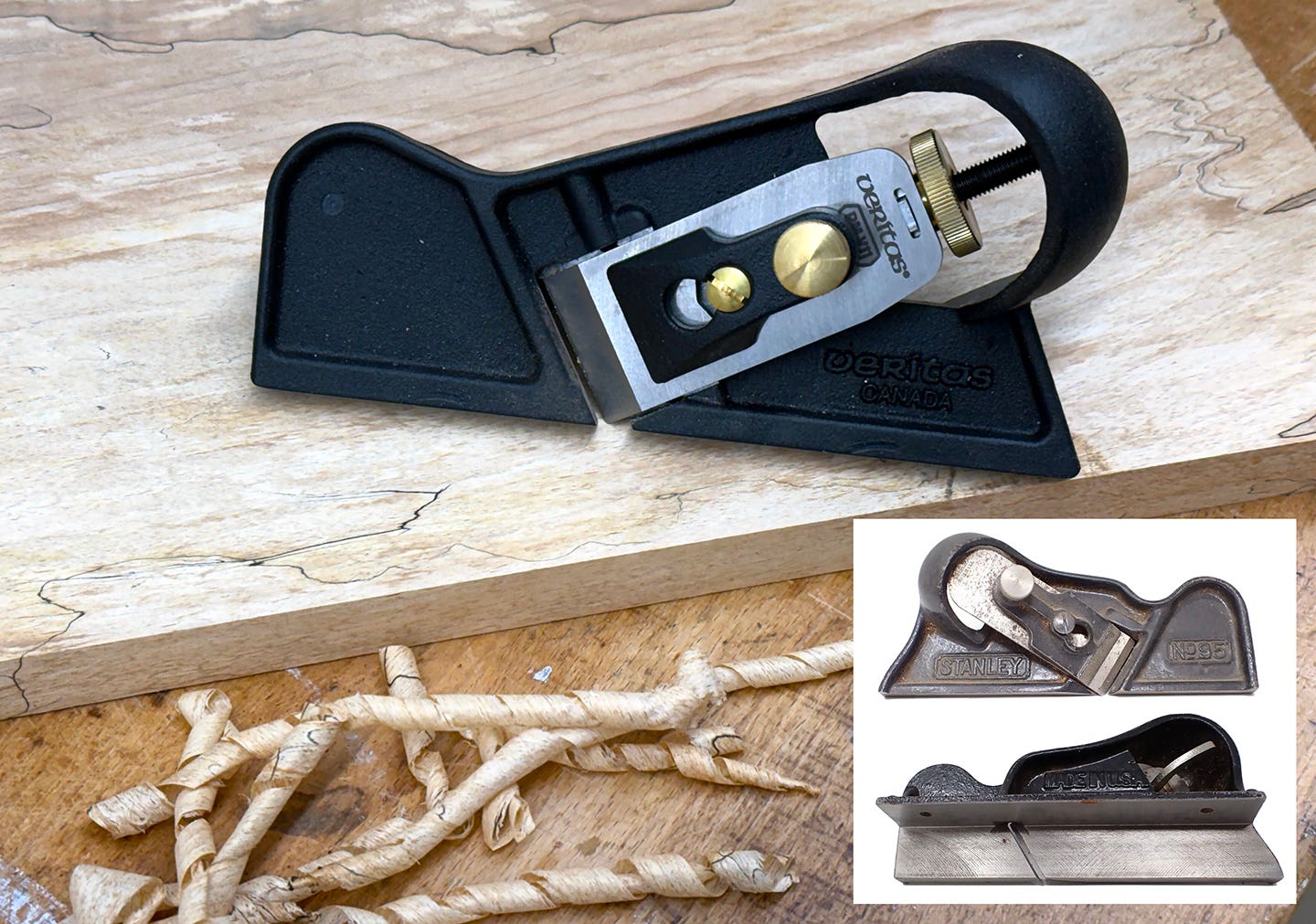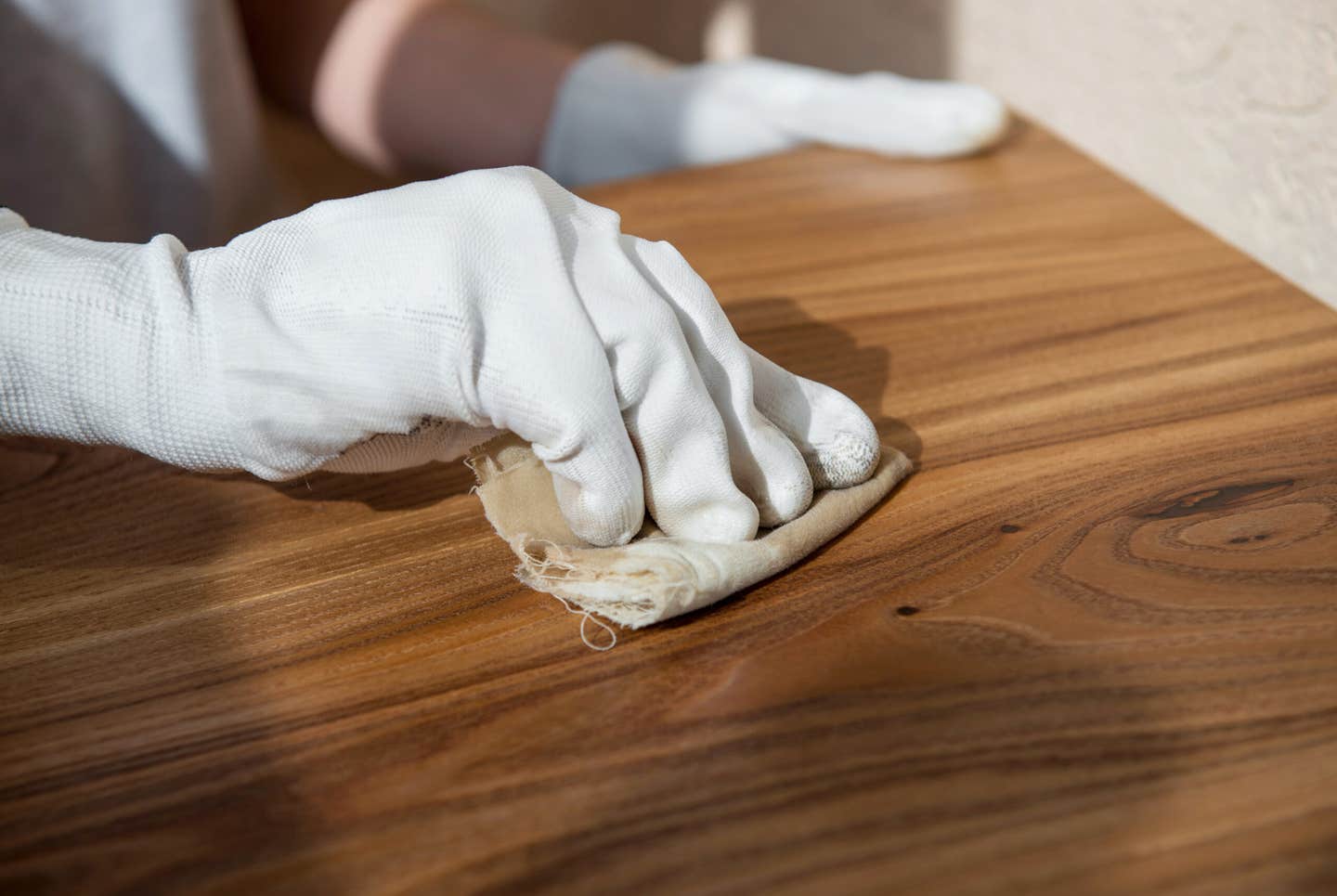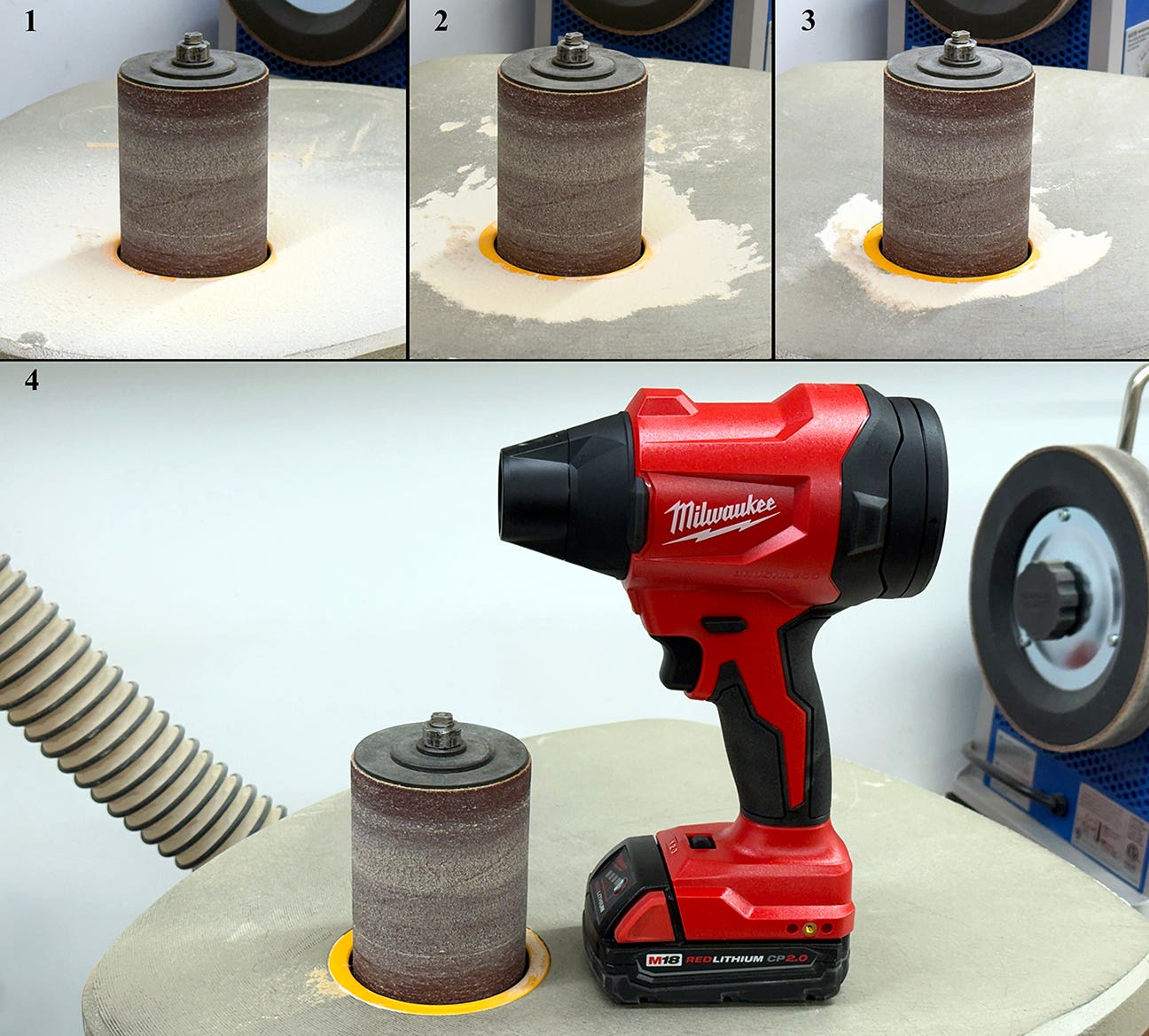The most dangerous tool (part 2)
In what has become an impromptu safety week, Ill again continue David DeCristoforos theme, this time from his blog for Thursday (9-25-08). As before, read his blog first. Go ahead;…
In what has become an impromptu safety week, Ill again continue David DeCristoforos theme, this time from his blog for Thursday (9-25-08). As before, read his blog first. Go ahead; Ill wait.
In the summer after my first year at Ohio State, I got a job with a construction company, doing framing for a large apartment complex. This was the hardest work Ive ever done in my life, and the first two weeks were brutal sore muscles, sunburn and more bruises than I could count.
By the third week I was settling in nicely, and sometime during the fourth week we started setting the roofing trusses on one of the buildings. A couple flatbeds had pulled into the worksite with several dozen trusses, which in those days were bound up with steel straps (today they mostly use some kind of fiber-plastic strapping), and our foreman had another guy and me hop up on the truck and start removing those straps so we could offload the trusses. The other guy showed me how to do it hook the claw of your hammer under the strap where it was nailed to the trusses, lever the hammer up and snap the strap at the nail. Simple.
About halfway through the trusses I had trouble with a strap that didnt want to break on the first try, so I jerked the hammer back all the harder the second time. It worked. Unfortunately, when the strap snapped, inertia from the extra force I had applied made me slam my wrist into the broken end of the strap still nailed to the truss. My wrist exploded in a geyser of blood, looking like something from a John Carpenter movie.
Oddly enough they got the bleeding stopped fairly quickly, but there was a gaping hole in my wrist. My thumb didnt work anymore. They rushed me to the local hospital where they said Id severed a pair of tendons to my thumb. After surgery, I woke up to find my arm in a cast and learned that they had reconnected those tendons with thin wires. I wore the cast and wires for nearly a month, and it took several more months till I got full use of my hand back. To this day I have a 1-1/2 scar on my wrist, with a pair of smaller scars at the base of my thumb where the wires came out.
So, what was the dangerous tool in this case a simple hammer? No, not at all. It was the misuse of a simple hammer that was dangerous.
Even a tool not inherently dangerous can easily be made so.
Till next time,
A.J.
A.J. Hamler is the former editor of Woodshop News and Woodcraft Magazine. He's currently a freelance woodworking writer/editor, which is another way of stating self-employed. When he's not writing or in the shop, he enjoys science fiction, gourmet cooking and Civil War reenacting, but not at the same time.







